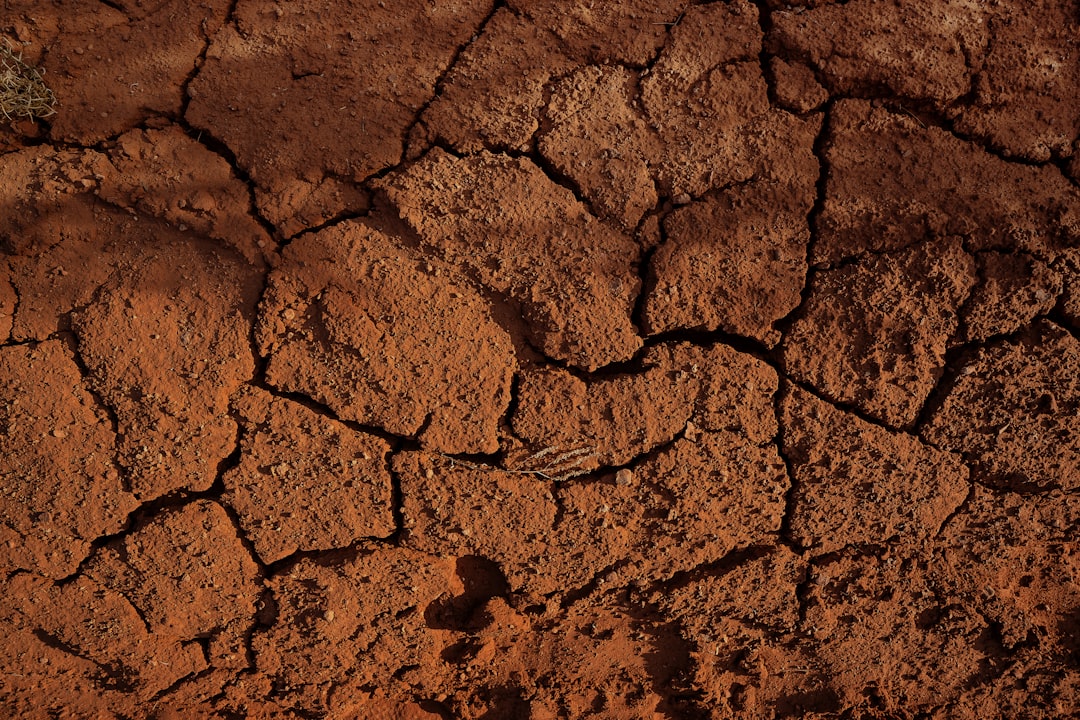What is it about?
Gas vesicles are proteinaceous structures predominantly constituted by the gas vesicle protein GvpA forming the ribs of the gas vesicle wall. Single amino acid substitutions in GvpA either prevent gas vesicle formation in transformants, or lead to altered gas vesicle morphologies, i.e. tiny structures or cylinders instead of the spindle-shaped gas vesicles of wild type. The results point out important amino acid positions in GvpA and support our in silico structural model of this protein.
Featured Image
Why is it important?
Gas vesicles are nanostructures filled with gas. they support foating of the cells at the surface. Due to the high hydrophobicity of GvpA a crystal structure is not available. Point mutations alter the structure or the bining capacity of GvpA and lead to the lack of gas vesicles or alter thri morphology. We learn something about the impact of single amino acids on the function of GvpA. This protein aggregates into ribs forming the gas vesicle wall.
Read the Original
This page is a summary of: Mutations in the major gas vesicle protein GvpA and impacts on gas vesicle formation in Haloferax volcanii
, Molecular Microbiology, September 2017, Wiley,
DOI: 10.1111/mmi.13833.
You can read the full text:
Contributors
The following have contributed to this page










